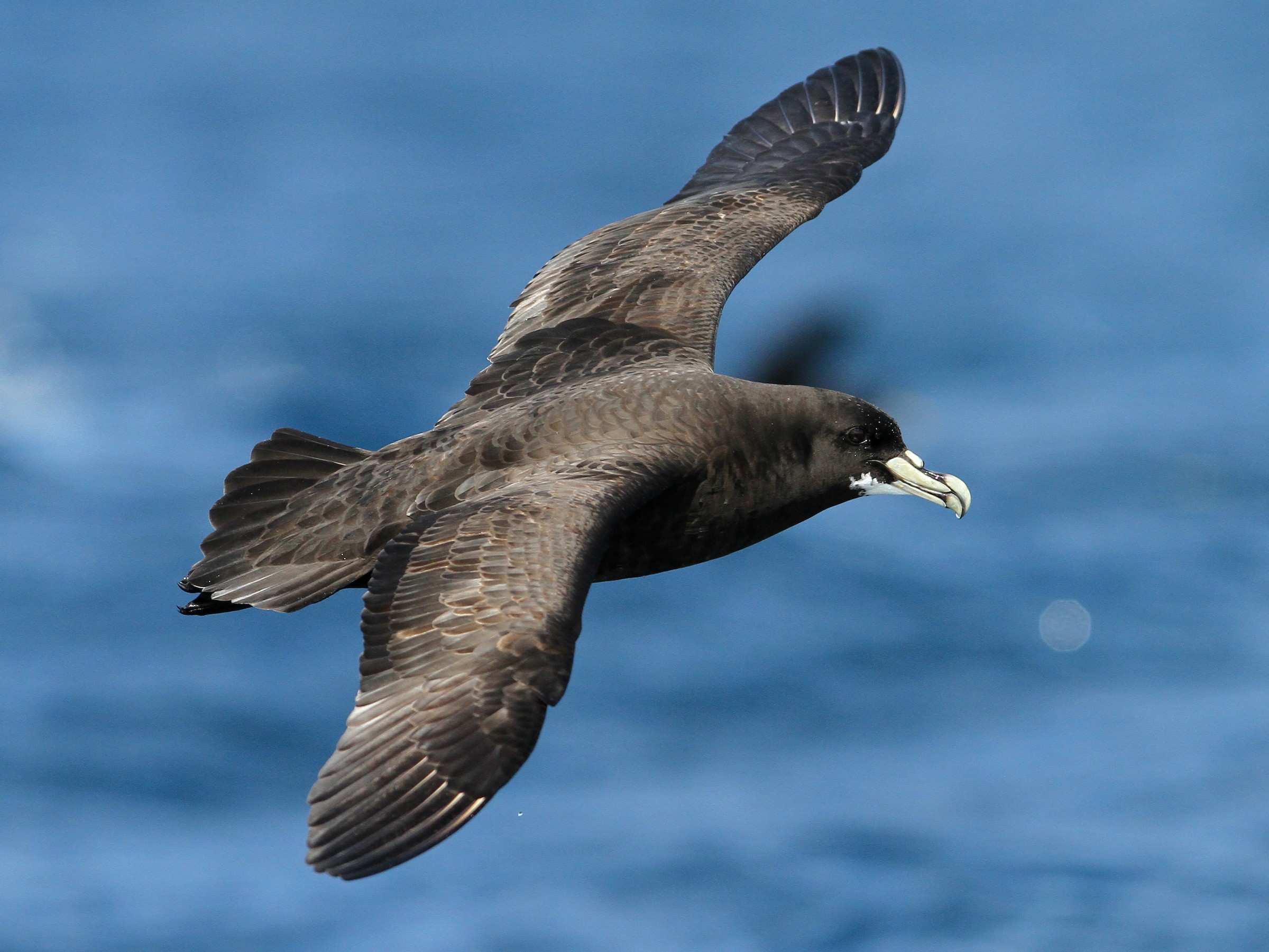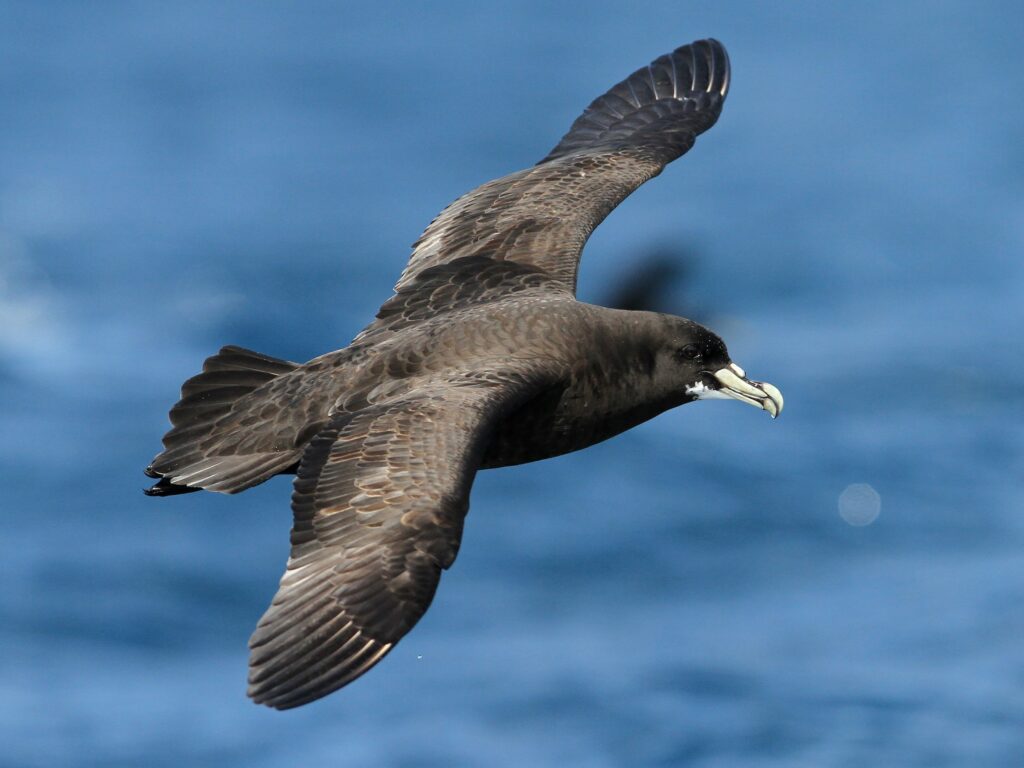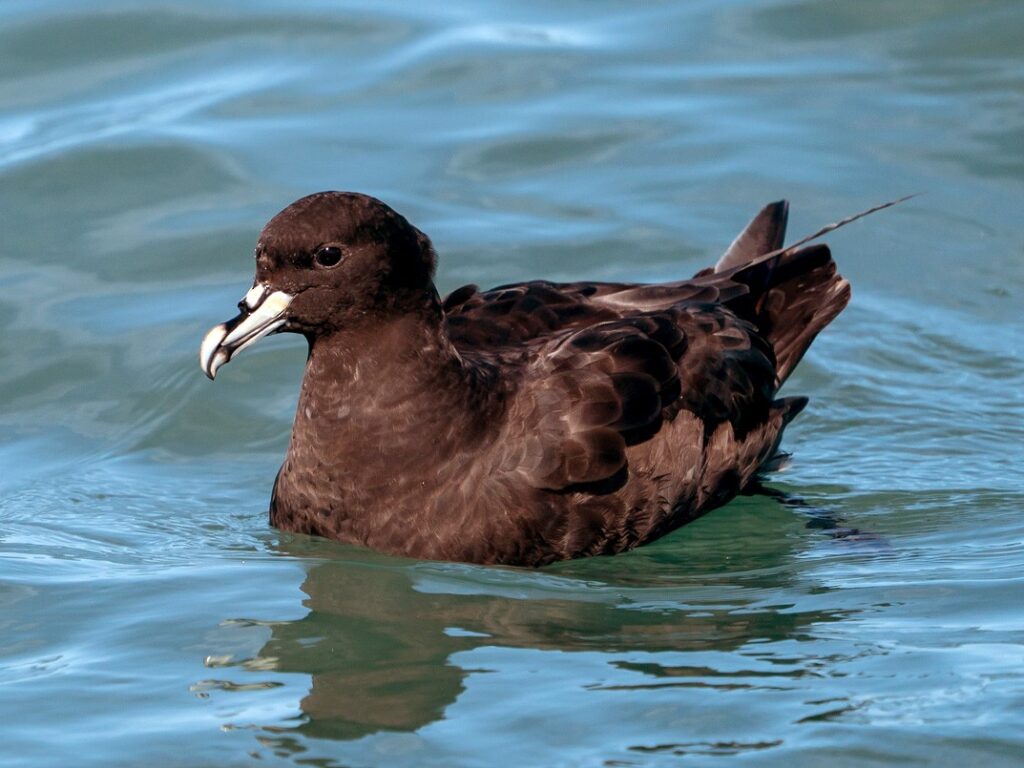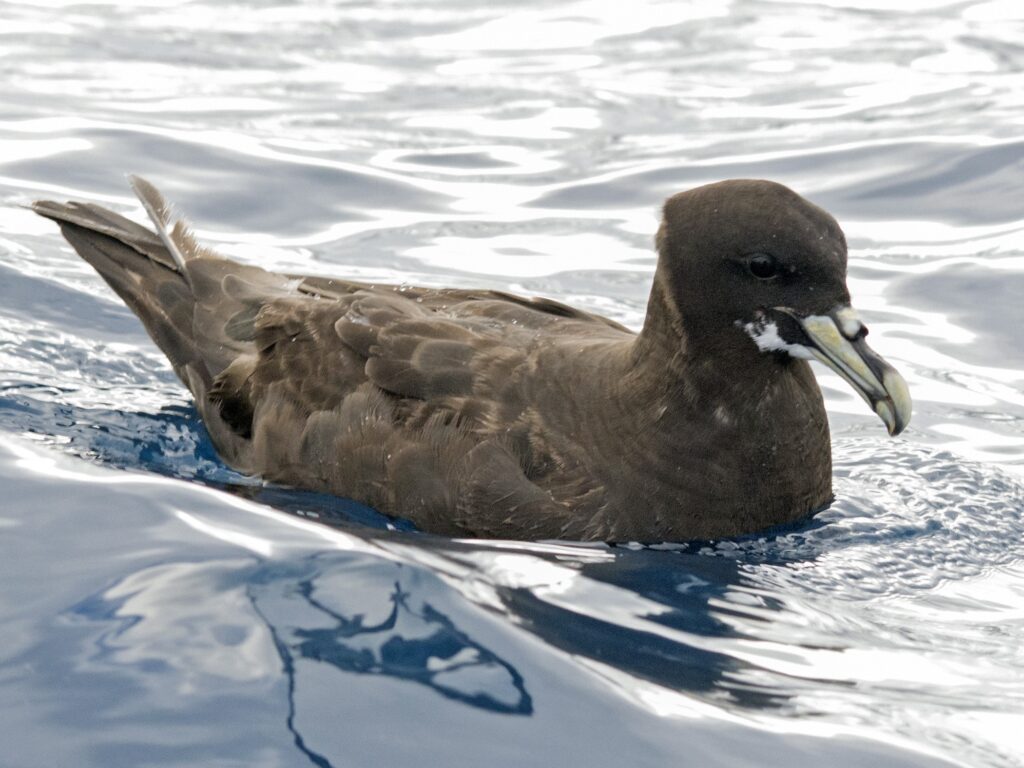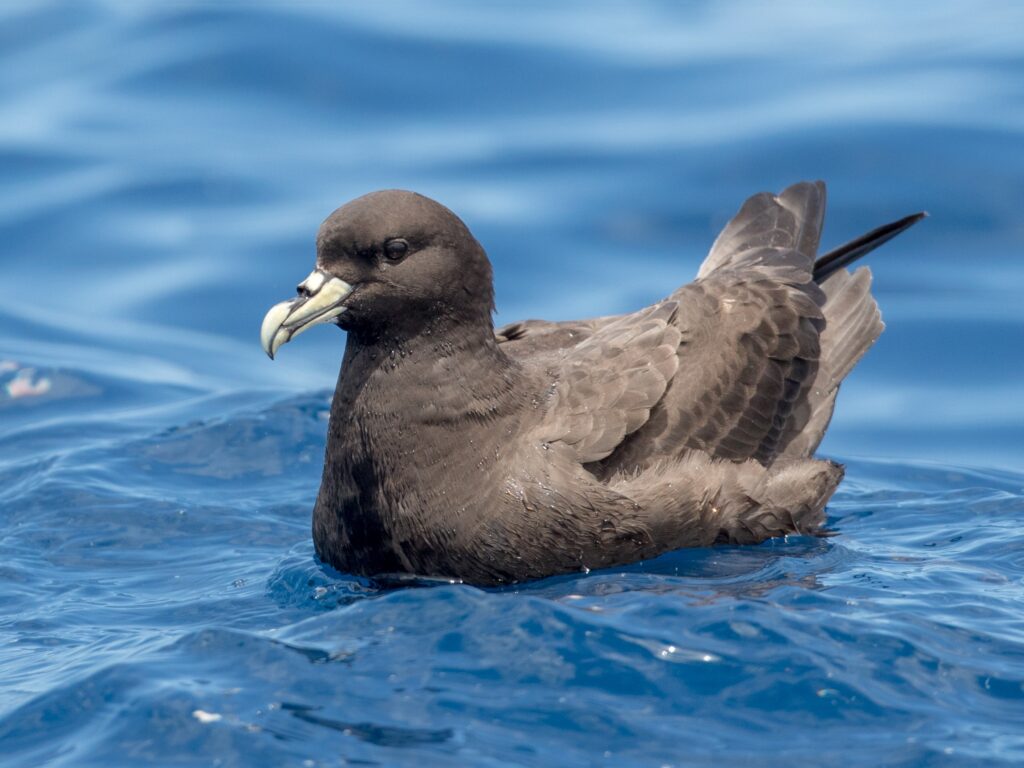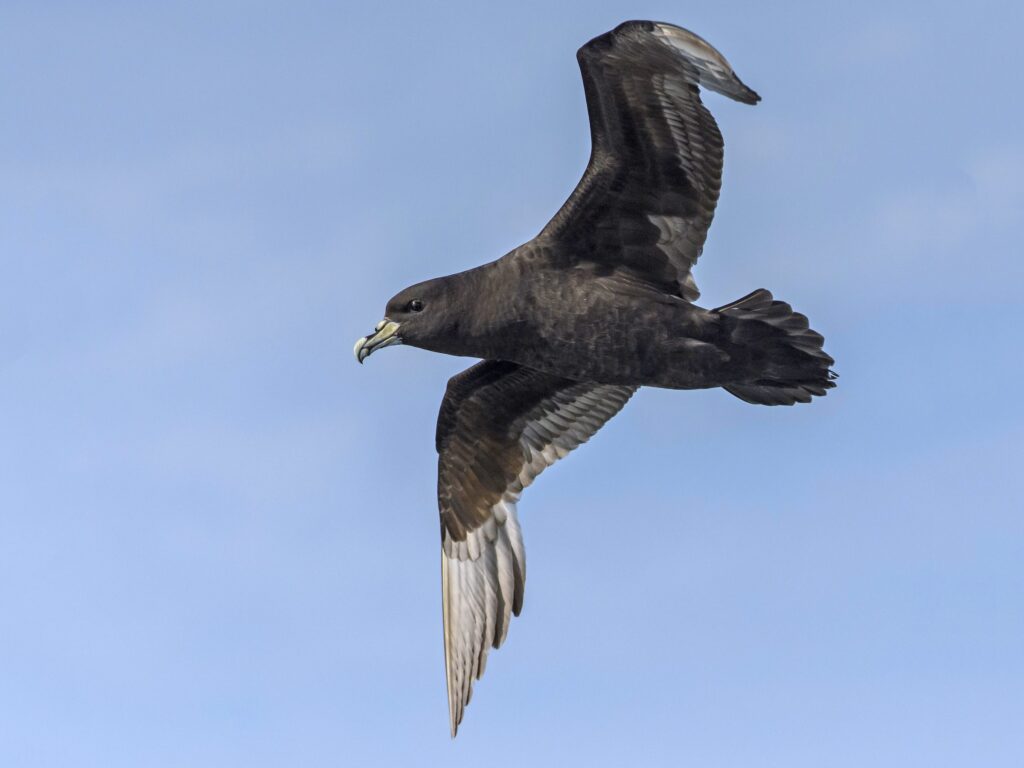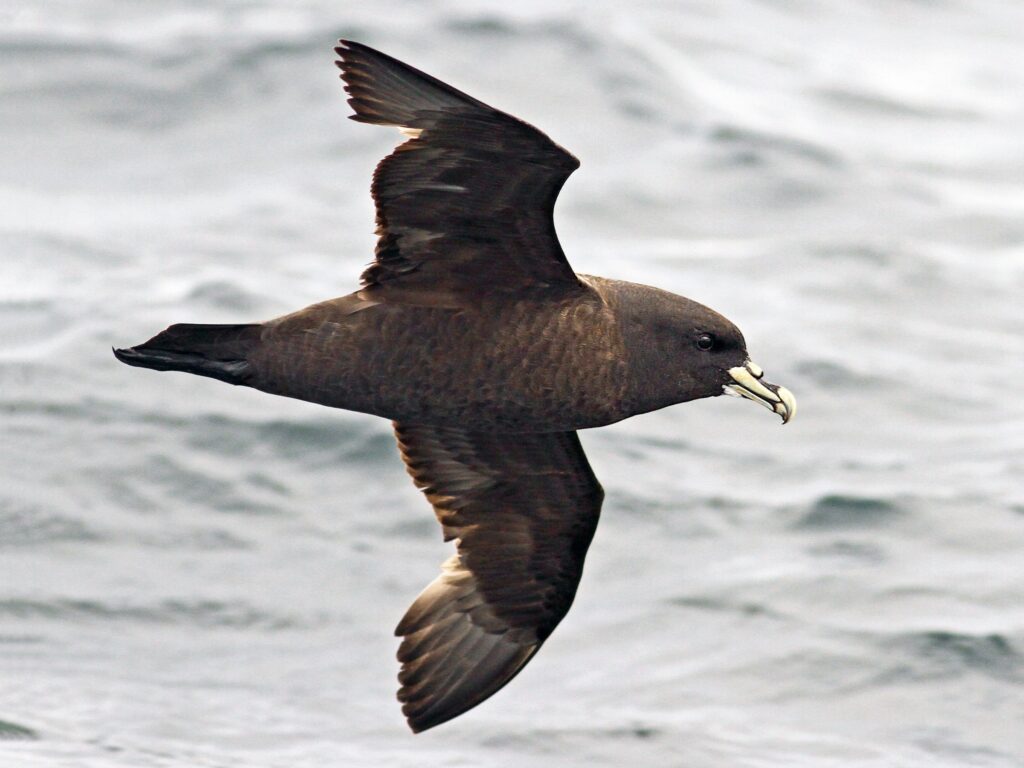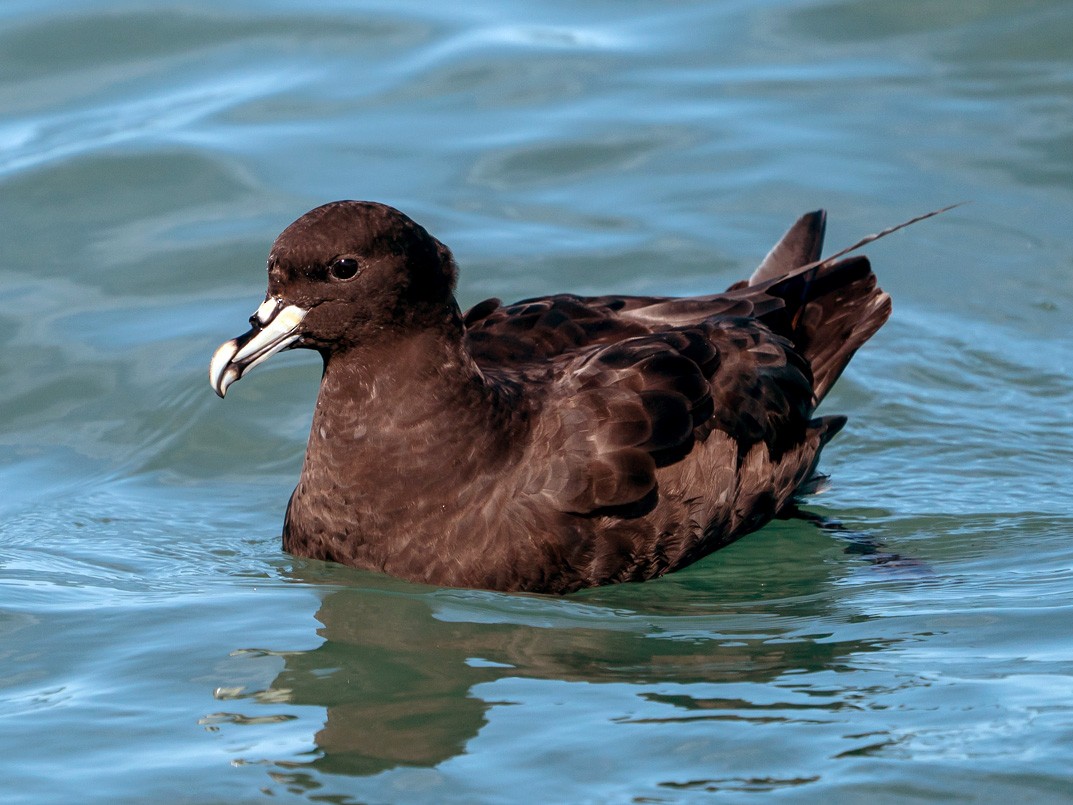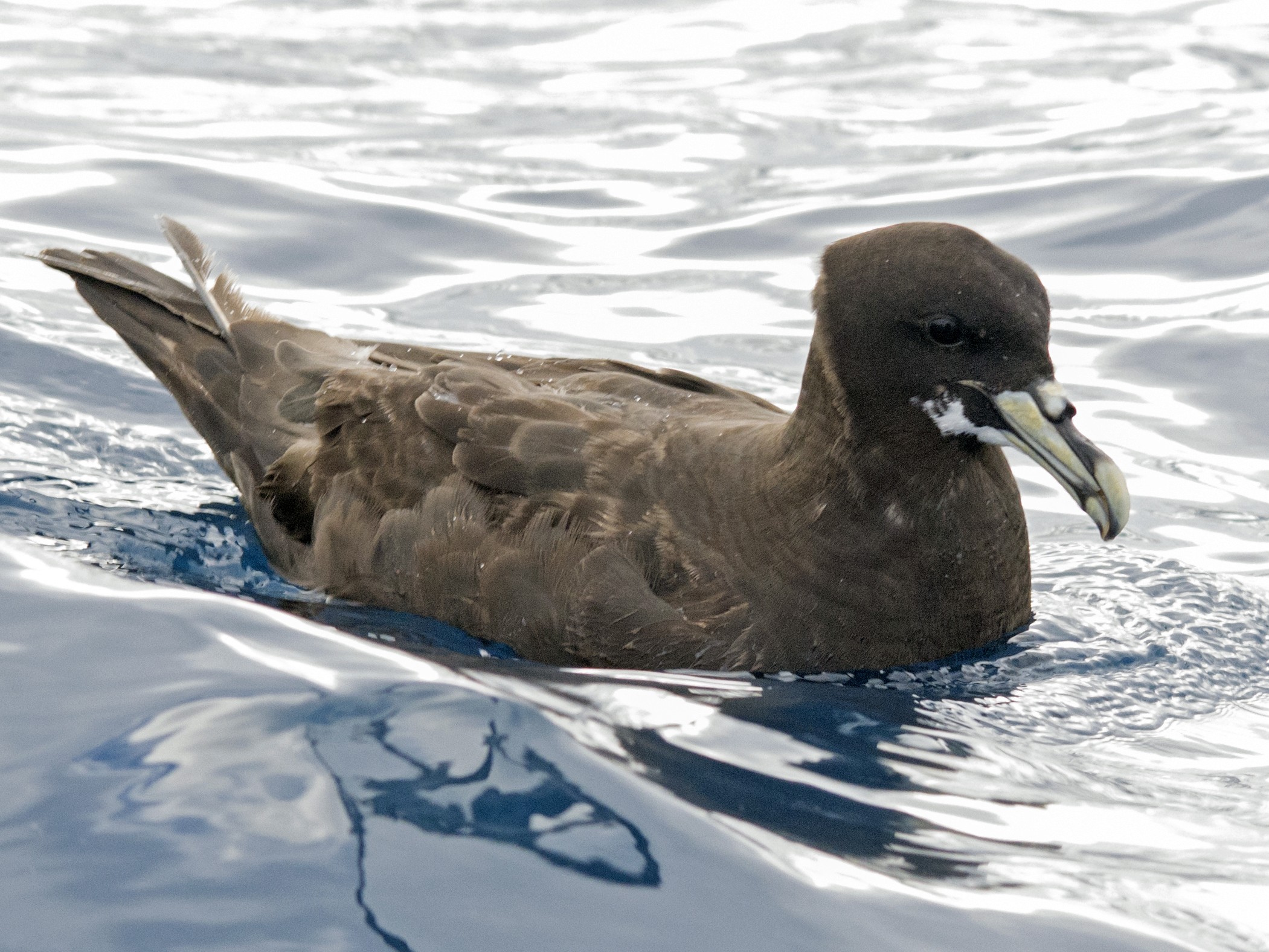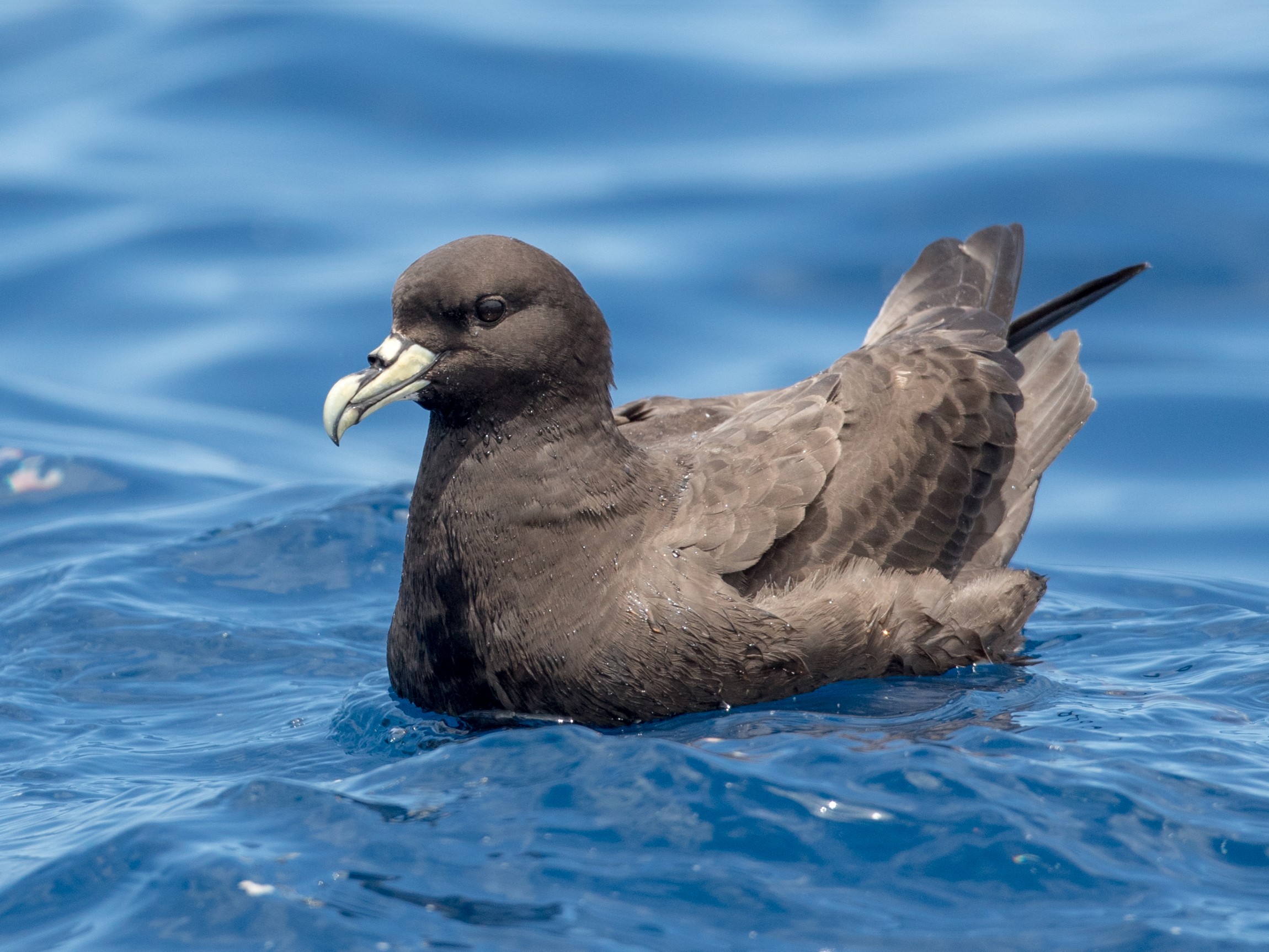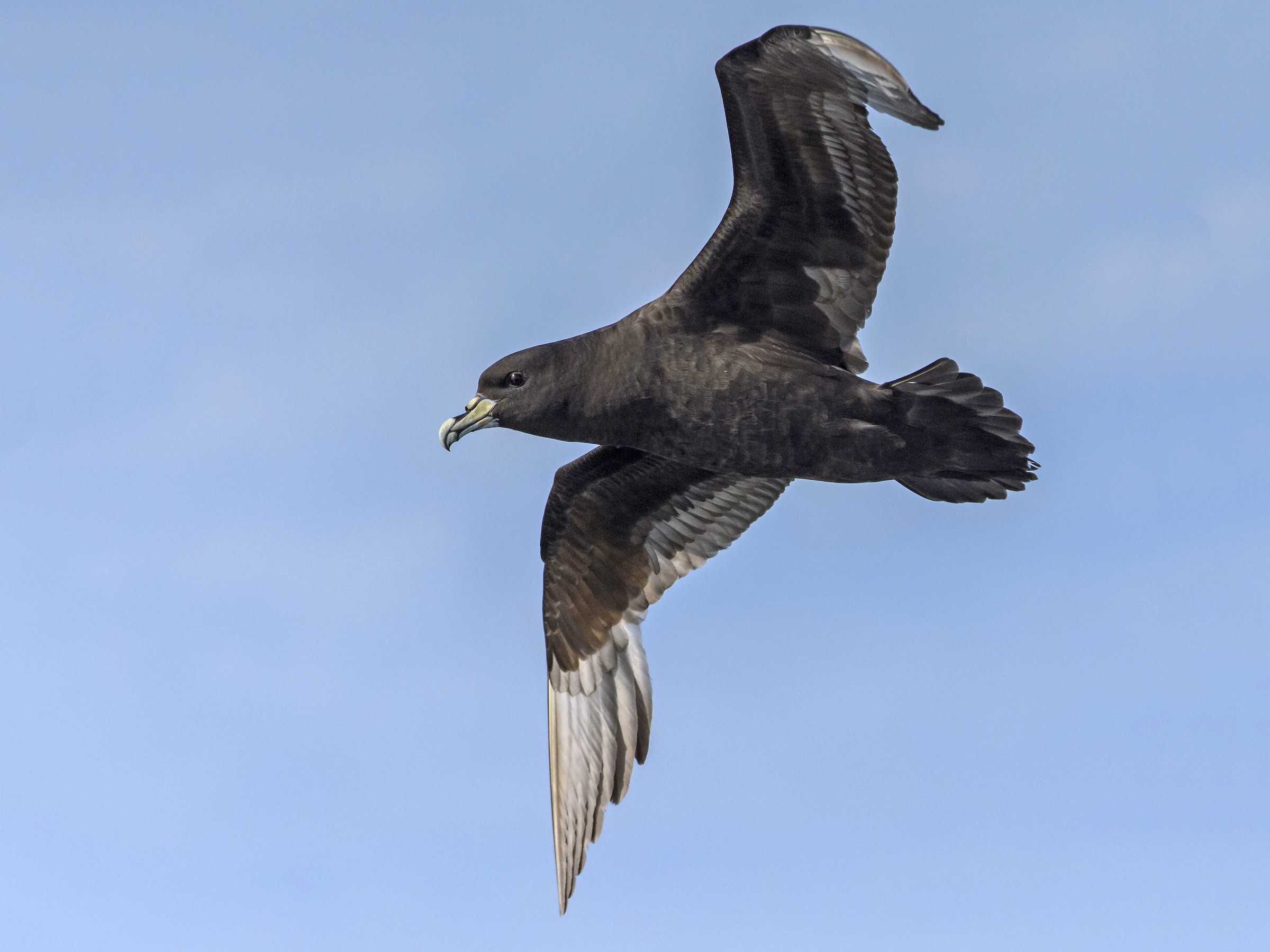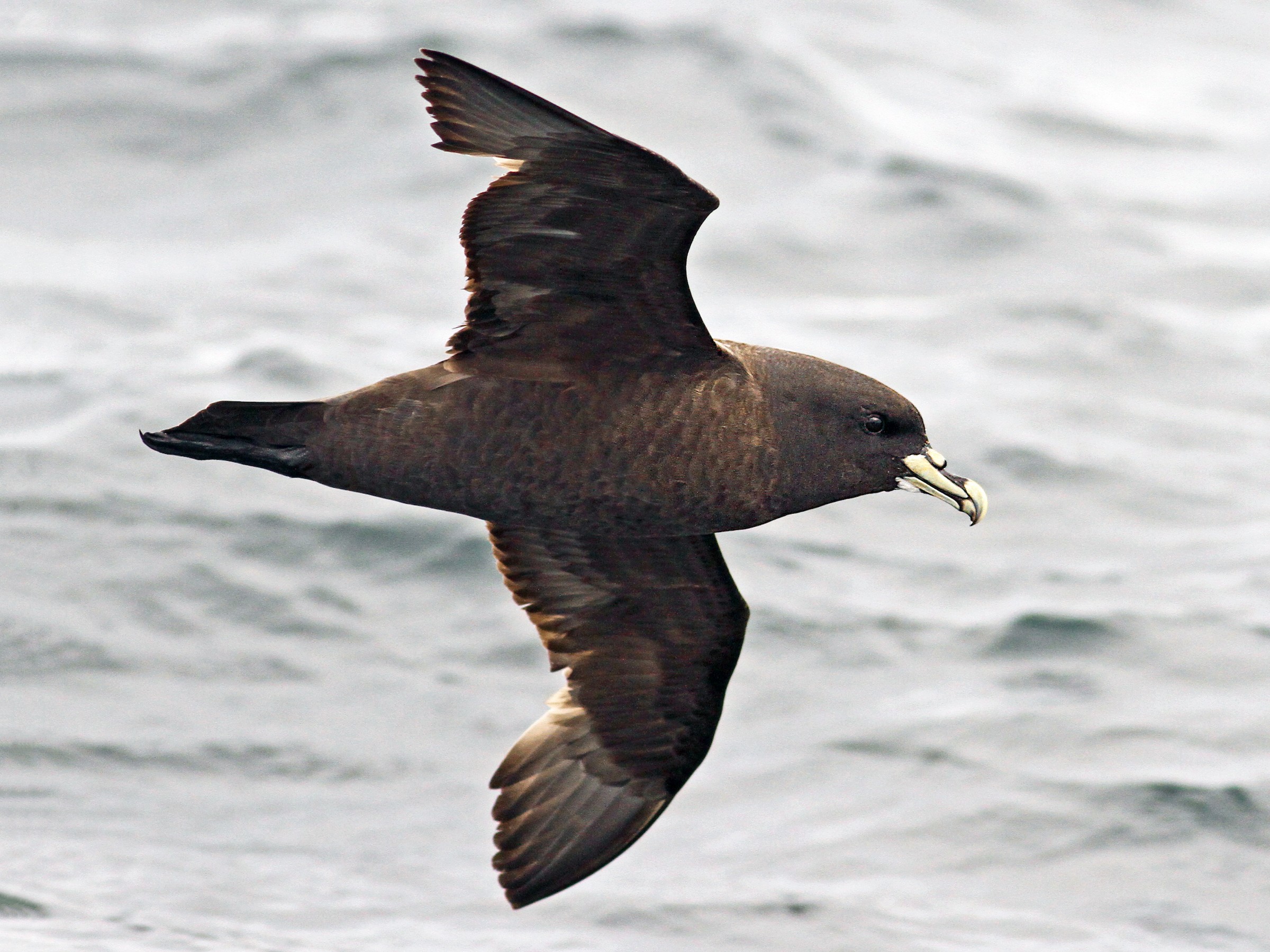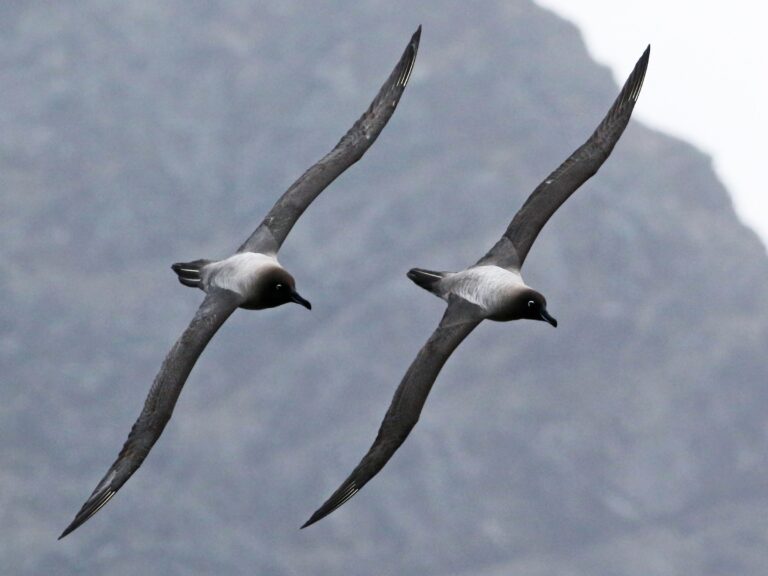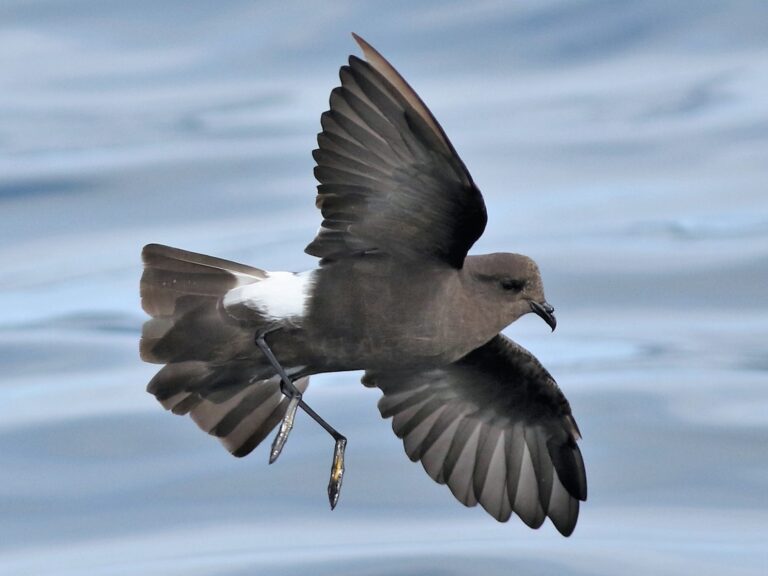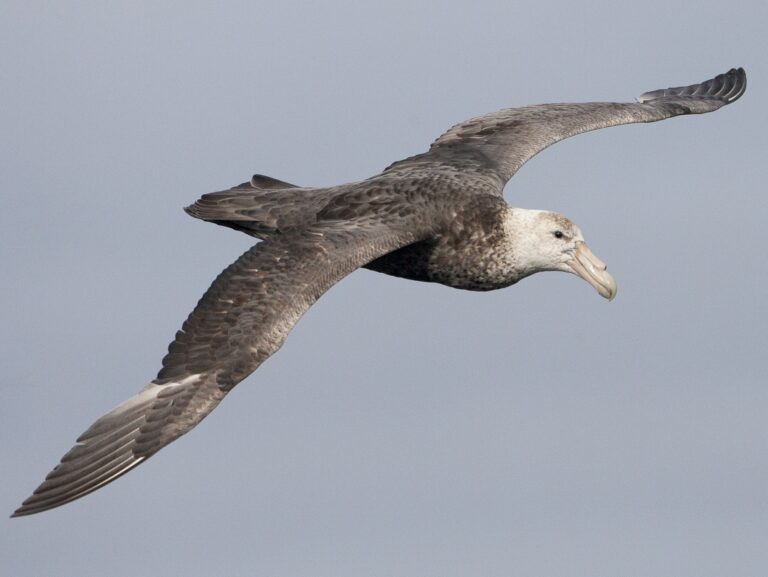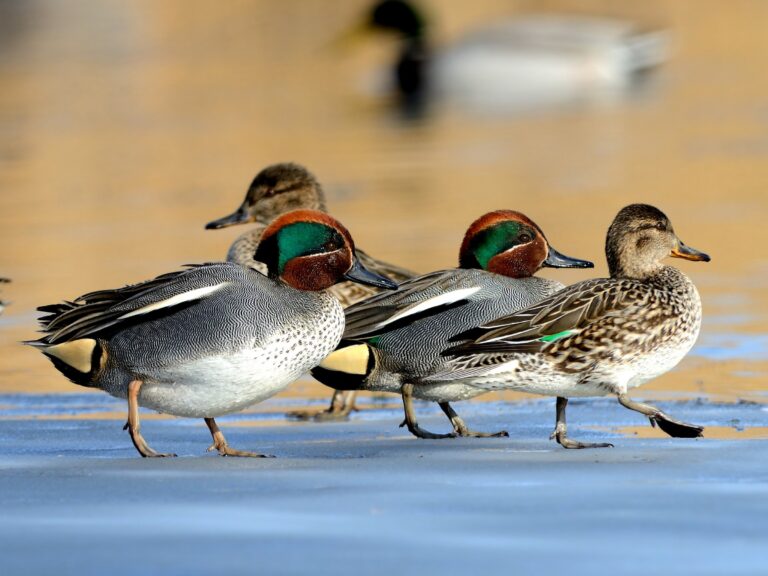White-chinned Petrel: Insights into Its Habitat and Behavior
The white-chinned petrel, known scientifically as Procellaria aequinoctialis, is a remarkable seabird that plays a critical role in marine ecosystems.
These birds are found in diverse oceanic habitats, ranging from the coasts of South America to the vast waters of Antarctica.
Their unique adaptations allow them to thrive in pelagic environments, where they feed on fish and squid, making them vital to the health of marine food webs.
Breeding typically occurs on remote islands, where they form large colonies and exhibit interesting social behaviors.
The challenges they face include habitat loss and threats from fishing practices that often lead to unintended catches.
Understanding these factors is essential for their conservation and management.
The white-chinned petrel is not just a fascinating bird to observe; it also serves as an important indicator of ocean health.
Their presence and population trends can reveal much about the state of marine environments and the impact of human activities.
Key Takeaways
- The white-chinned petrel is a crucial seabird found in various oceanic regions.
- They face numerous threats due to fishing practices and habitat loss.
- Their population status can help indicate the health of marine ecosystems.
Taxonomy and Classification
The White-chinned Petrel is a species with a defined taxonomy and classification that places it within specific groups. Understanding its classification helps in identifying its relationship with other seabirds and its variations.
Genus and Family
The White-chinned Petrel belongs to the genus Procellaria and the family Procellariidae. This family is known for its highly adapted seabirds that include petrels, shearwaters, and albatrosses. The Latin name for the White-chinned Petrel is Procellaria aequinoctialis.
This species is often grouped with similar petrels, sharing morphological and behavioral traits.
The classification into Procellaria highlights its characteristics such as all-dark plumage and its oceanic feeding habits.
Their distinct features differentiate them from other genera within the same family.
Subspecies and Variation
Currently, the White-chinned Petrel does not have formally recognized subspecies. However, variation can be observed among different populations, especially in places such as New Zealand and the Auckland Islands.
In recent studies, researchers have looked into these populations to assess their genetic diversity and distribution.
These insights can enhance understanding of their ecology and conservation needs.
Often, environmental factors shape the differences seen in plumage or behavior, but these variations do not classify as distinct subspecies.
Physical Description
The White-chinned Petrel is a distinct seabird known for its unique plumage, substantial size and vocalizations. Its features help in identifying this species amidst other petrels. Understanding these traits provides insight into their adaptation to marine environments.
Plumage and Features
The White-chinned Petrel showcases a striking appearance.
Its upper body is primarily dark brown, contrasting sharply with a white chin that gives the bird its name. The underparts are white with some brown mottling, creating a blended look against the ocean backdrop.
Additionally, the wings are long and narrow, ideal for gliding over waves. The bill is robust and hooked, suitable for catching fish. Young petrels have darker plumage and may take several years to attain the adult coloration.
Size and Proportions
This species is notable for being one of the largest petrels.
Adult White-chinned Petrels typically measure about 46 to 51 cm in length, with a wingspan ranging from 1.2 to 1.5 meters. Their weight can vary, usually between 1.2 to 2.1 kg.
Their large size aids in their ability to travel long distances over open water.
The combination of their wingspan and size allows for efficient movement and maneuverability, essential for foraging in marine habitats.
Habitat and Distribution
The White-chinned Petrel thrives in various sub-Antarctic environments, primarily nesting in colonies on remote islands. Its habitat preferences significantly influence its breeding and foraging behaviors.
Breeding Grounds
White-chinned Petrels commonly breed on several key islands, including South Georgia, the Falkland Islands, and Campbell Island.
They prefer areas with tussac grass and other vegetation that provides cover for their burrows.
Each pair typically shares a burrow, which offers protection for their eggs and chicks.
Breeding usually occurs from November to March, aligning with the southern hemisphere summer.
Nesting sites can be established on rocky slopes or flat terrains, often in sizable colonies.
Migration and Range
After the breeding season, White-chinned Petrels migrate widely across the Southern Ocean.
They tend to travel to nutrient-rich waters surrounding the Antarctic continent.
Their range extends from the Falkland Islands to New Zealand, covering areas such as the Auckland Islands and Antipodes Islands.
These birds are known to follow fishing vessels, seeking food in productive fishing areas.
Range maps reveal the extensive foraging paths they take, showcasing their adaptability in locating food and suitable habitats throughout the year.
Breeding Behavior
The breeding behavior of the white-chinned petrel is vital for understanding its life cycle. Key aspects include their mating rituals and the process of nesting and incubation.
Mating Rituals
White-chinned petrels have unique mating rituals that begin during the breeding season.
These rituals often involve synchronized movements and vocalizations.
Males perform elaborate displays to attract females, including aerial acrobatics. The bonds formed during these displays are strong and often last for life.
They engage in mutual preening, which strengthens their pair bond.
This behavior signals their commitment to each other before they select a nesting site.
Nesting and Incubation
Nesting usually takes place in burrows on the Antipodes Islands or other suitable locations. They dig nests into the ground, providing protection from predators.
A typical clutch consists of one egg, which the female lays after mating.
Both parents take turns incubating the egg, ensuring it remains warm.
Incubation lasts about 11 to 12 weeks.
Throughout this phase, the parents share responsibilities, alternating between guarding the nest and foraging for food.
This cooperative breeding strategy highlights their commitment to raising healthy chicks. The care they provide is crucial for the chicks’ survival in the wild.
Feeding Habits
The feeding habits of the white-chinned petrel provide insight into its dietary preferences and foraging techniques. This seabird has adapted to a diet primarily composed of marine life, employing specific strategies to locate and capture its prey.
Dietary Preferences
White-chinned petrels primarily feed on fish, squid, and crustaceans.
They are known to target specific fish species, such as lanternfish.
These birds often rely on fishing vessels, where they scavenge for offal and waste.
Studies have shown that they frequently consume trawler discards, which can be a significant part of their diet.
Additionally, during breeding seasons, they may adjust their diet based on prey availability.
For instance, they have been observed feeding on bycatch, which can impact their population dynamics.
The petrels also exhibit preferences for certain habitats, where prey density is higher.
Foraging Techniques
To find food, white-chinned petrels use a mix of foraging techniques.
They are known for their skillful shallow dives, which allow them to reach their prey just beneath the surface.
During these dives, they can reach depths of around 1 to 3 meters.
These birds often follow boats to take advantage of the food scraps left behind.
They also engage in dynamic foraging by associating with other seabirds, which can indicate the presence of fish schools. This social behavior enhances their success in finding food.
Frequently Asked Questions
This section addresses common inquiries about the White-chinned Petrel. It covers its physical features, vocalizations, lifespan, habitat differences, distribution, and conservation status.
What are the distinguishing features of the White-chinned Petrel compared to other petrels?
The White-chinned Petrel has a distinctive dark brown upper body and white underparts. It also features a characteristic white chin and a long, slender wingspan. These traits help differentiate it from other petrels, such as the Southern Giant Petrel, which has a heavier body and a different color pattern.
How does the White-chinned Petrel’s call differ from that of the Pintado Petrel?
The call of the White-chinned Petrel is a series of gruff, harsh notes.
In contrast, the Pintado Petrel produces a higher-pitched, more melodic sound. This difference in vocalization can be helpful for birdwatchers trying to identify these species in the wild.
What is the typical lifespan of a White-chinned Petrel in the wild?
White-chinned Petrels can live up to 30 years in the wild.
Many factors can influence their lifespan, including environmental conditions and food availability. Their long life can be attributed to their adaptability and relatively low predation rates.
How does the habitat of the Southern Giant Petrel differ from the White-chinned Petrel’s?
The Southern Giant Petrel typically prefers more coastal habitats with easier access to land.
They often nest on islands with abundant vegetation.
In contrast, the White-chinned Petrel favors open ocean areas for foraging and nests in burrows on sub-Antarctic islands.
In what regions can the White-chinned Petrel commonly be found?
The White-chinned Petrel is commonly found in the Southern Ocean. They breed on sub-Antarctic islands, such as South Georgia and the Prince Edward Islands. During non-breeding seasons, they migrate to Antarctic waters.
What are the conservation statuses and threats facing the White-chinned Petrel?
The White-chinned Petrel is currently listed as Vulnerable on the IUCN Red List.
Major threats include bycatch in longline fisheries and habitat degradation.
Conservation efforts are underway to protect their breeding sites and reduce accidental catches in fishing gear.
